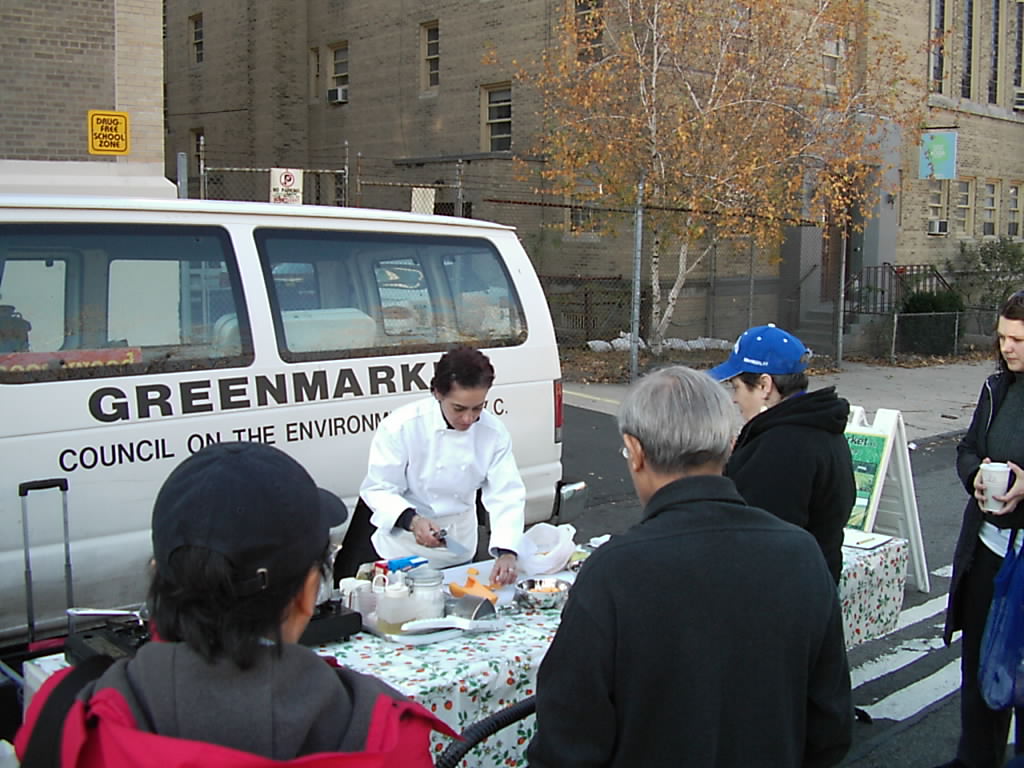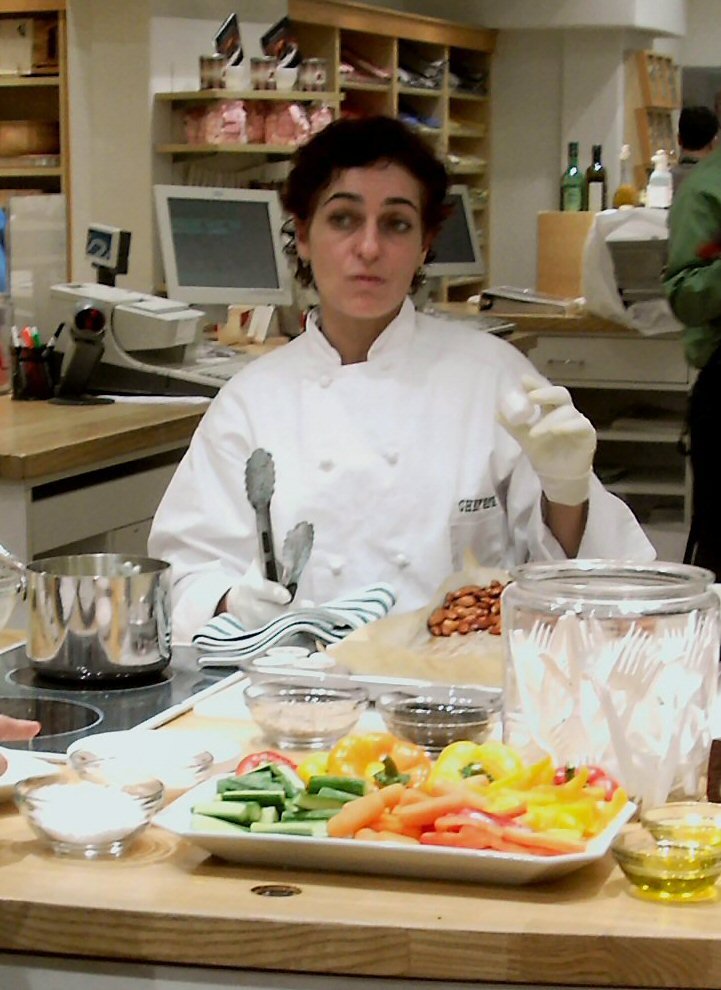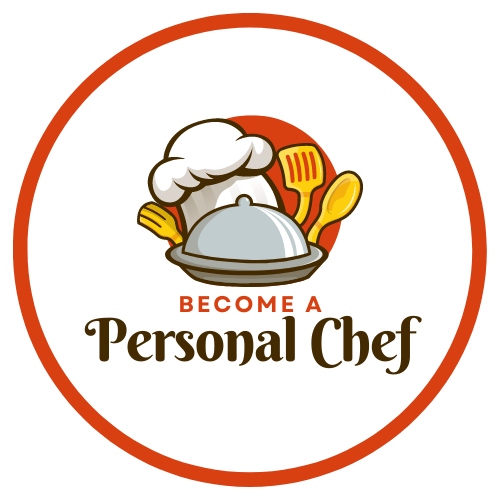Table of Contents
ToggleAdding Cooking Classes
As a personal chef, you may be considering ways to expand your business and make your cooking skills available to new clientele. While personal chef services providing private meal preparations for individuals or families can be lucrative, looking into adding cooking classes on the side opens up additional opportunities for not only financial gain but personal fulfillment as well.
Sharing your love of food and passion for the culinary arts through hands-on lessons allows you to ignite that same spark in others, all while cultivating new sources of recurring revenue.
In this article, I will explore how developing a lineup of interactive cooking courses targeting a variety of skill levels and interests can complement your one-on-one cooking portfolio, keep you booked solid, and help take your career to the next level.
Here’s a checklist to help you prepare for this new venture:
Skill Assessment
- Identify what skills and techniques you’re best at and capable of teaching effectively.
- Determine which of your signature recipes would be most suitable for a class setting.
Class Structure for Cooking Classes
At The Organic Personal Chef, we would offer a variety of cooking classes for all levels of expertise. Our classes are designed to educate and inspire our students to create delicious, healthy meals using organic and locally sourced ingredients. We believe that learning to cook is not only a valuable life skill, but also a fun and rewarding experience.
We offer both hands-on and demonstration-style classes, allowing our clients to choose the type of learning experience that best suits your needs.
- Plan the structure of your classes, including the number of sessions, length of each session, and the progression of skills being taught.
- Consider offering both beginner and advanced classes to cater to different skill levels.
Equipment and Ingredients for a Successful Cooking Class
As a personal chef, the right equipment and ingredients can make all the difference in creating delicious and healthy meals. Whether you’re just starting out or have been cooking for years, having the proper tools and ingredients is essential to achieving culinary success.
- Ensure you have enough cooking equipment for all your students.
- Plan where to source ingredients, considering factors such as cost, quality, and availability.

Pricing for Personal Chef Cooking Classes
At The Organic Personal Chef, I would offer a variety of cooking classes that are tailored to our clients’ individual needs and preferences. Our classes are perfect for anyone looking to learn new cooking skills, hone their existing ones, or simply have a fun and educational experience in the kitchen.
Our pricing for personal chef cooking classes is based on several factors including the length of the class, number of participants, and menu choices. We understand that everyone’s budget is different, which is why we offer customizable options to fit your specific needs.
The length of our cooking classes can range from 2 hours to a full day depending on your desired level of instruction. I was always happy to accommodate beginners as well as more experienced cooks who are looking to refine their techniques.
- Determine a pricing strategy that covers your time, the cost of ingredients and equipment, and provides value to your students.
Venue Selection and Planning
When it comes to planning an event, one of the first and most important steps is selecting the perfect venue. The venue sets the tone and atmosphere for your event, and can greatly impact its success.
Factors such as budget, capacity, accessibility, and style all play a role in selecting the ideal venue. Either one-to-one classes at the clients home, in a cooking school for heart-concious individuals or at a kitchen appliance store – there is a market for your cooking classes.
- Decide whether you’ll offer classes in clients’ homes, rent a commercial kitchen, or use your own space.
- Ensure the venue complies with local health and safety regulations.
Class Size and Cooking Style
When it comes to attending a cooking class, the size of the class can greatly impact your experience. That’s why at The Organic Personal Chef, we keep our classes small and intimate.
Our class sizes typically range from 6-12 people, allowing for individualized attention and instruction from our experienced chefs. We believe that smaller class sizes foster a more hands-on learning environment where each student has the opportunity to actively participate in preparing dishes and receive personalized feedback.
In addition to our small class sizes, we also offer a variety of different cooking styles to cater to our diverse clientele. Whether you’re looking to improve your knife skills or learn how to make healthy meals for your family, we have a class for you.
- Determine the maximum number of students you can effectively teach at one time. Smaller classes often provide a more personalized experience.
Marketing Your Cooking Classes
Here are some tips for marketing your cooking classes on The Organic Personal Chef:
1. Create an engaging class description: When creating a listing for your class, make sure to include a catchy title and detailed description that will entice potential students. Highlight the unique aspects of your class, such as using only organic ingredients or focusing on specific dietary needs.
This will help your class stand out from others and attract the right audience.
2. Utilize social media: Social media is a powerful tool for marketing your classes. Share your class listing on all of your platforms, including Facebook, Instagram, and Twitter. You can also create eye-catching graphics or short videos to promote your class and generate interest.
3. Partner with local businesses: Reach out to local health food stores, farmers’ markets, or other businesses that align with the values of The Organic Personal Chef. See if you can collaborate on promoting each other’s services in exchange for cross-promotion.
4. Offer promotions or discounts: Everyone loves a good deal! Consider offering early bird discounts or group rates to encourage more sign-ups for your cooking classes. You could also offer a discount to customers who refer their friends or family to your classes.
5. Utilize email marketing: Don’t underestimate the power of email marketing! Send out newsletters or promotional emails to your current customers and subscribers to keep them updated on upcoming classes and special offers.
6. Attend local events: Get involved in your community by attending local health fairs, farmers’ markets, or food festivals. This is a great opportunity to network with potential clients and promote your cooking classes.
7. Collaborate with other chefs: Consider teaming up with other chefs who offer complementary services, such as nutrition coaching or meal planning. Together, you can create a unique package that appeals to a wider audience and promotes both of your businesses.
- Develop a marketing strategy to promote your classes. This could involve social media advertising, email newsletters, or partnerships with local businesses.
Insurance
Cooking classes add another level of responsibility, not only to the students but also to the instructor. As a personal chef, it is important to protect yourself and your business with insurance coverage. This will not only give you peace of mind, but it will also show your clients that you are a professional and take their safety seriously.
There are various types of insurance that a personal chef should consider having. One of the most important is general liability insurance. This type of insurance protects against claims for bodily injury or property damage caused by you or your cooking classes.
Injuries can happen in any environment, especially when dealing with sharp knives and hot stoves. General liability insurance will cover medical expenses, legal fees, and damages if someone gets hurt during one of your classes.
- Check whether your current business insurance covers teaching cooking classes and if not, update it accordingly.

Teaching Skills
Are you a good cooking instructor? What does it take to keep your students, engaged? These are all important questions to consider when you’re looking to improve your teaching skills as a personal chef.
First and foremost, it’s essential to have a solid understanding of the subject matter. As a personal chef, you should have a deep knowledge of cooking techniques, ingredients, and flavor profiles. This will not only help you create delicious meals for your clients but also give you confidence and credibility as an instructor.
Another crucial aspect of being a good teacher is communication. It’s not enough to just know how to cook; you also need to be able to effectively convey that information to others. This means explaining things clearly and concisely, using visual aids or demonstrations when necessary, and being open to answering questions and addressing any confusion.
- Brush up on your communication and teaching skills. Being a great chef doesn’t automatically make you a great teacher, so consider taking a course on teaching or public speaking.
Feedback Mechanism
We value our clients’ input and strive to continuously improve based on their feedback.
A solid feedback mechanism is an essential part of your commitment to providing high-quality services tailored to your needs. By collecting their thoughts, suggestions, and concerns, you play an active role in shaping your offerings and ensuring that you meet their expectations.
- Implement a system to collect feedback from your students to continuously improve your classes.
Personal Chef Cooking Classes
Expanding your personal chef services to include cooking classes can be an enriching and profitable decision.
By considering these points, you can ensure a successful transition into offering cooking classes. Remember, the goal of your classes should be not only to teach cooking skills but also to inspire a love for cooking and good food in your students.


